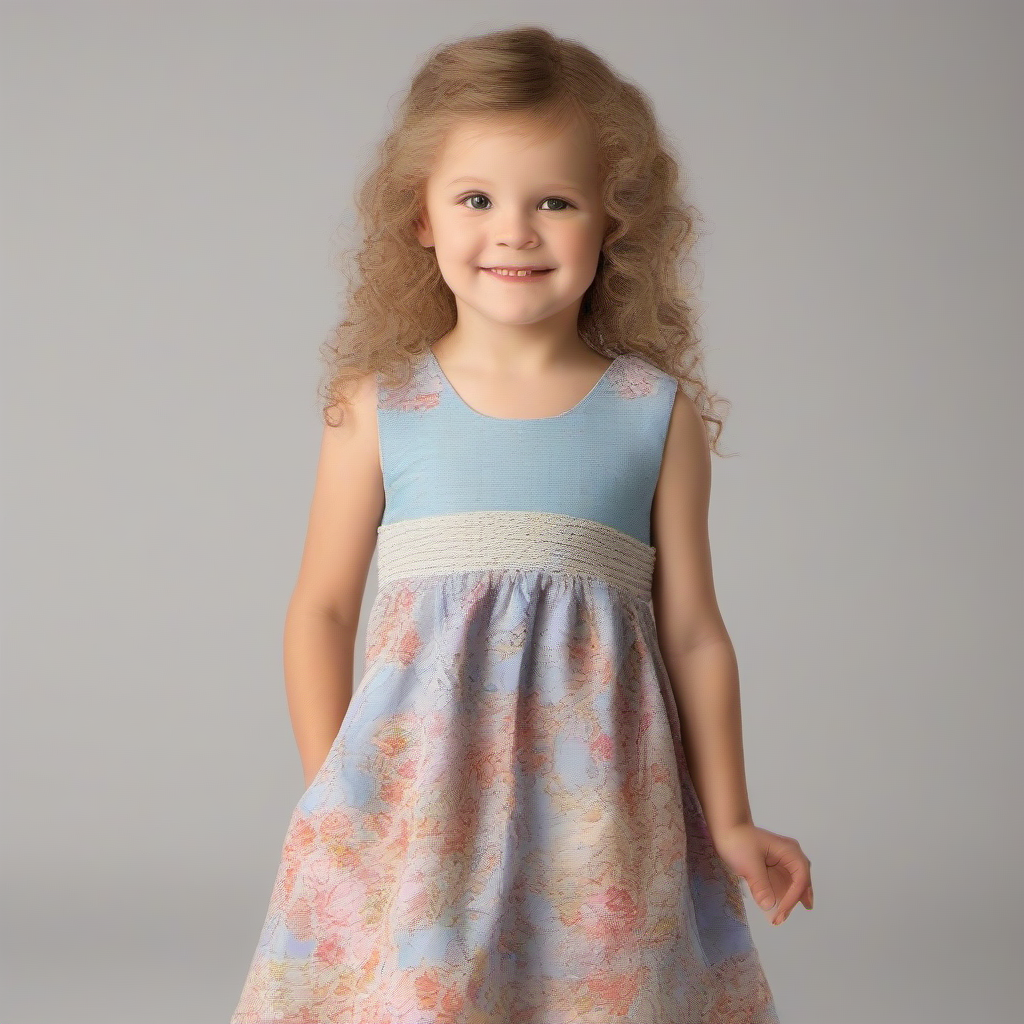When dressing your little ones, understanding fabrics, sizes, and styles makes a significant difference. This guide offers practical insights into children’s clothing, including fabric choices, size guides, and outfit ideas.
Understanding Children’s Clothing Fabrics
Choosing the right fabric is essential for children’s comfort and well-being. Common fabric types include:
- Cotton: Soft, breathable, and hypoallergenic, cotton is a popular choice for everyday wear, allowing good airflow for active kids.
- Polyester: Durable and wrinkle-resistant, polyester is often blended with other fabrics. While it may not be as breathable as cotton, it holds up well in the wash.
- Linen: Lightweight and breathable, linen is perfect for warm weather but can wrinkle easily.
- Wool: Ideal for colder climates, wool provides warmth and insulation, though some children may find it itchy.
Prioritize breathability and comfort when selecting fabrics, as kids are always on the move and need clothing that allows for easy movement.
Size Guide for Kids’ Clothing
Finding the right size can be tricky, especially when shopping online. Here are some tips to ensure a great fit:
- Measure Your Child: Use a measuring tape to measure height, chest, waist, and hips for a better idea of their size.
- Check Size Charts: Different brands have varying sizes. Always refer to the specific size chart provided by the retailer.
- Consider Growth Spurts: Kids grow quickly, so it may be wise to size up, especially for items they will wear for a longer time.
Using a size guide can help navigate online shopping and reduce the chances of returns due to sizing issues.
Pros and Cons of Popular Styles
When choosing clothing styles, weigh the pros and cons:
| Style | Pros | Cons |
|---|---|---|
| Casual Wear | Easy to wear, comfortable, versatile | May lack durability |
| Dressy Outfits | Stylish for special occasions | Less comfortable, often requires special care |
| Activewear | Designed for movement, breathable | Can be more expensive |
Trendy styles can enhance your child’s wardrobe but may come with challenges like durability and comfort. Always consider your child’s preferences and lifestyle when selecting outfits.
Creative Outfit Ideas for Kids
Mixing and matching outfits can be a fun way to express your child’s personality. Here are some creative outfit ideas:
- Layering for Fall: Start with a cotton t-shirt, add a lightweight sweater, and finish with a denim jacket.
- Summer Fun: Pair a breathable cotton sundress with a sun hat and sandals.
- Winter Warmth: Layer a thermal shirt under a cozy fleece jacket, paired with waterproof pants and boots.
- Playdate Ready: Combine activewear leggings with a fun graphic tee and a zip-up hoodie.
- Colorful Mix: Match patterned shorts with a solid color top to balance the look.
- Weekend Vibes: Style a casual button-up shirt with chinos and sneakers for a smart-casual look.
Practical Considerations When Shopping
When shopping for children’s clothing, keep these practical considerations in mind:
- Durability: Kids are active, so look for clothing made from durable materials that can withstand wear and tear.
- Ease of Care: Opt for fabrics that are machine washable and easy to care for, saving you time and effort.
- Growth Spurts: Anticipate your child’s growth by purchasing slightly larger sizes or adjustable clothing options.
By considering these factors, you can make informed decisions that benefit both you and your child.
Frequently Asked Questions
Q: How do I know what size to buy for my child?
A: Measure your child’s height, chest, waist, and hips, and compare these measurements to the size chart provided by the retailer.
Q: What fabric is best for children’s clothing?
A: Cotton is often the best choice due to its softness, breathability, and hypoallergenic properties.
Q: How can I make my child’s outfits more versatile?
A: Choose neutral colors and classic styles that can be easily mixed and matched with other pieces.
Q: Should I buy clothes for my child that are a size bigger?
A: It can be a good idea to size up, especially for items they will wear for a longer time, but ensure they are not too loose for safety and comfort.
